Authors of poster: Sanem A Aykan1, Qian Wang2 , Takahiko Imai1, Xuyan Jin1, Andreia Morais1, Shasha Zhang2, Haichen Wang2, Wei Yang2, Huaxin Sheng2, Cenk Ayata1
Affiliations: Neurovascular Research Unit, MGH Harvard Medical School, Boston, MA, United States. Duke University Medical Center, Durham, NC, United States
Background
Neuroanatomy-based functional examinations are crucial for understanding the extent and effects of infarcts in stroke studies. Despite the importance of correlating neurological function with brain anatomy, a comprehensive neurological score that correlates with infarction volume and location following middle cerebral artery occlusion (MCAO) in mice is lacking. During the pilot phase of the Stroke Preclinical Assessment Network (SPAN), a new scoring system, the SPAN score, was developed.
Aims
This study aims to evaluate the reliability and validity of the SFAN score, a 9-item tool rated on a 0-3 Likert scale./p>
Methods
The SPAN 2.0 pilot database was utilized for analysis. ROC analysis was done for each item to evaluate whether stroke vs. non-stroke can be detected. Reliability was assessed using Cronbach's alpha (a) and intraclass correlation coefficient (ICC) for individual items and the total score Explanatory factor analysis/logistic regression was performed to select items and determine their weight. Concurrent validity was examined by correlating post-operative day 2 Infarction volume as measured by MRI with the SPAN score.
Research Labs

Acknowledgements
SPAN 2.0 is supported by the National Institute of Neurological Disorders and Stroke. Figures in the approach section was created in BioRender.
Approach
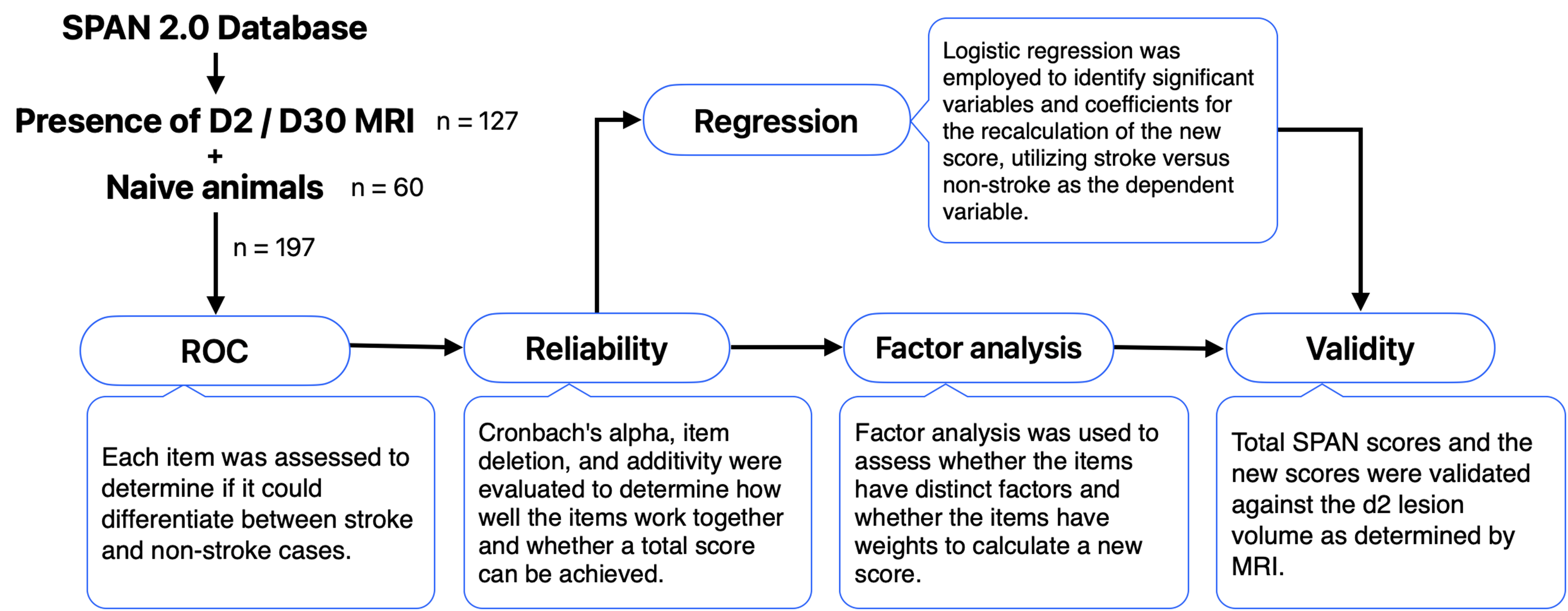
Result
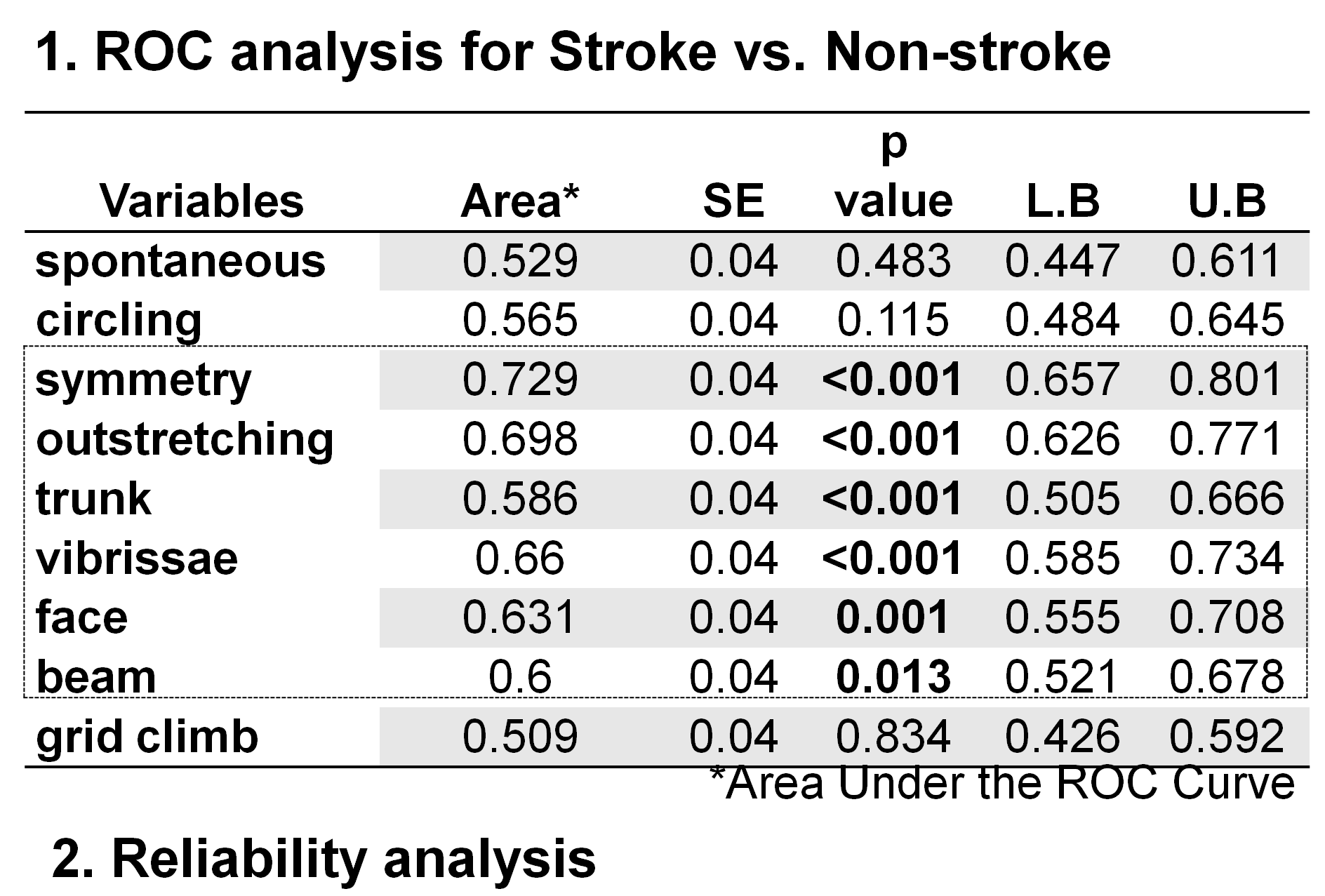
2. Reliability analysis
a. Cronbanch's Alpha & ICC= 0.784
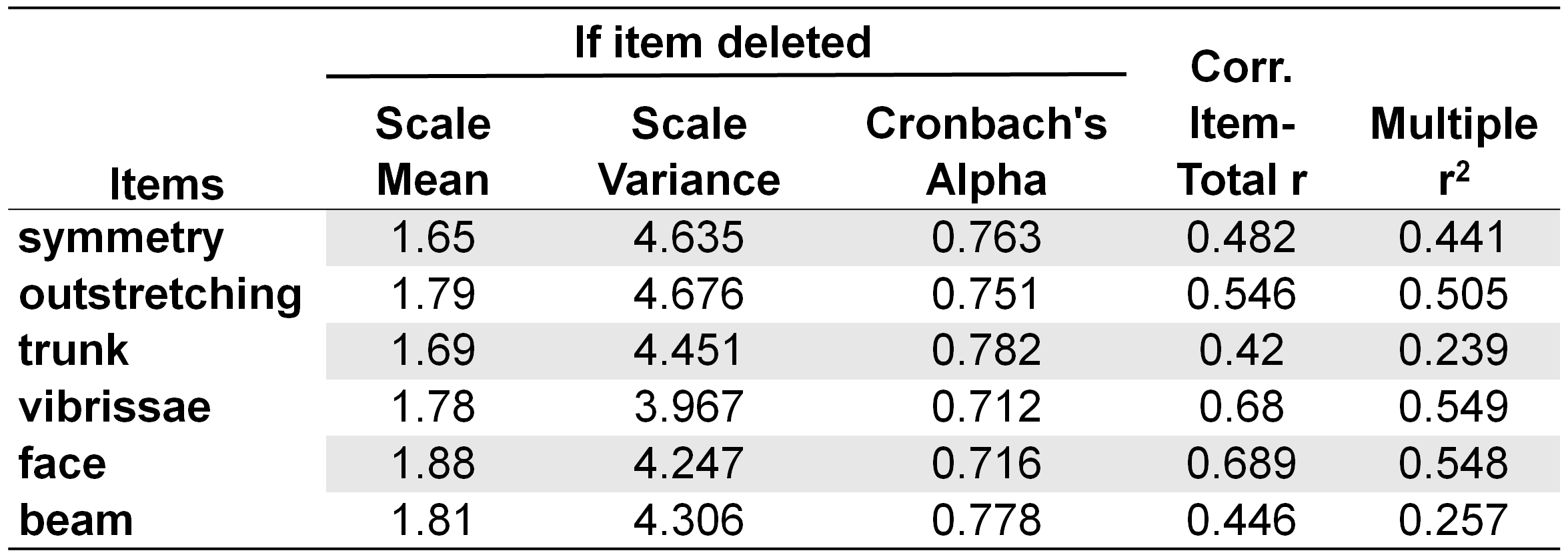
3. Factor analysis with factor loading and interitem correlation*
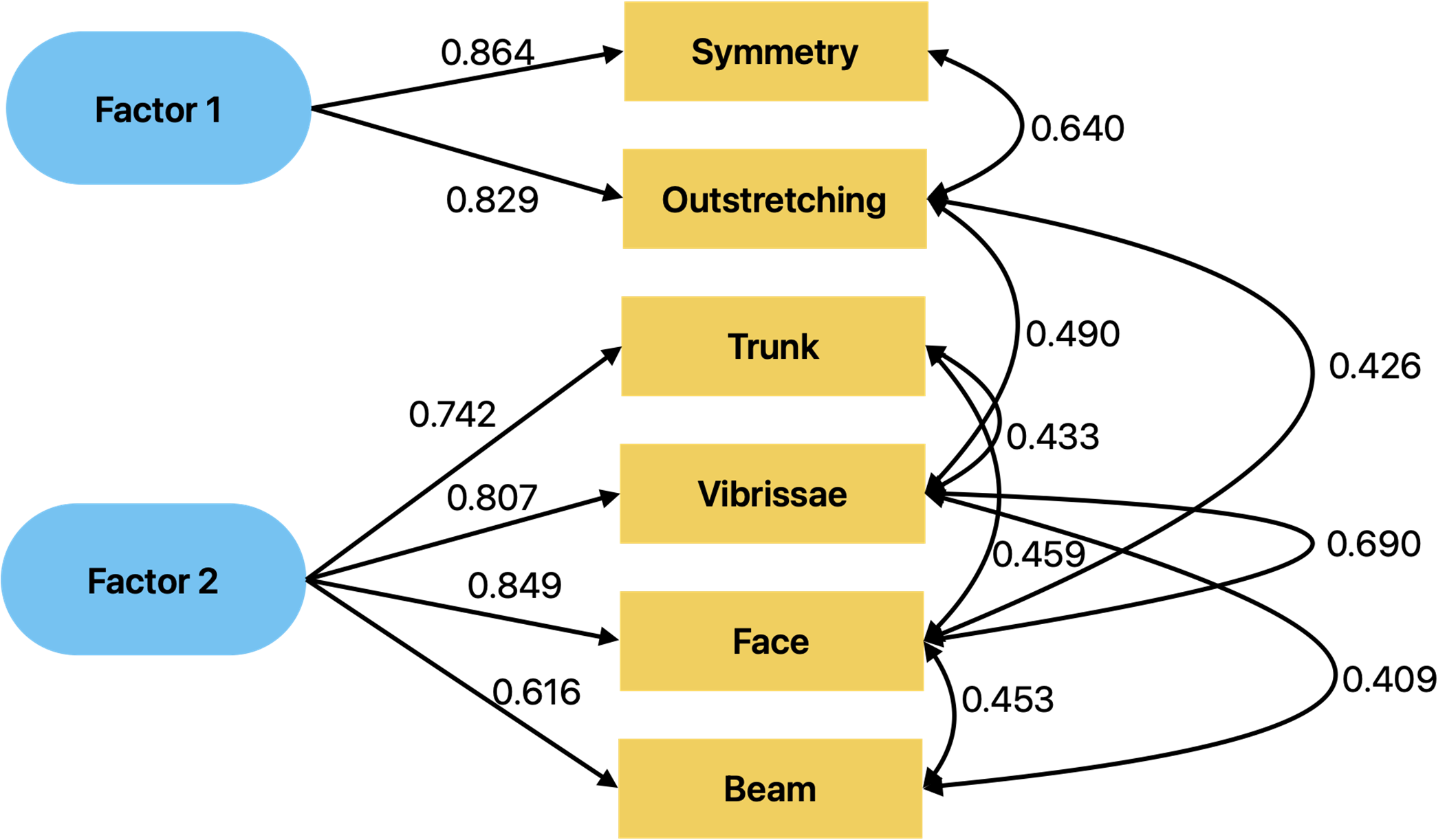 4. Regression
4. Regression
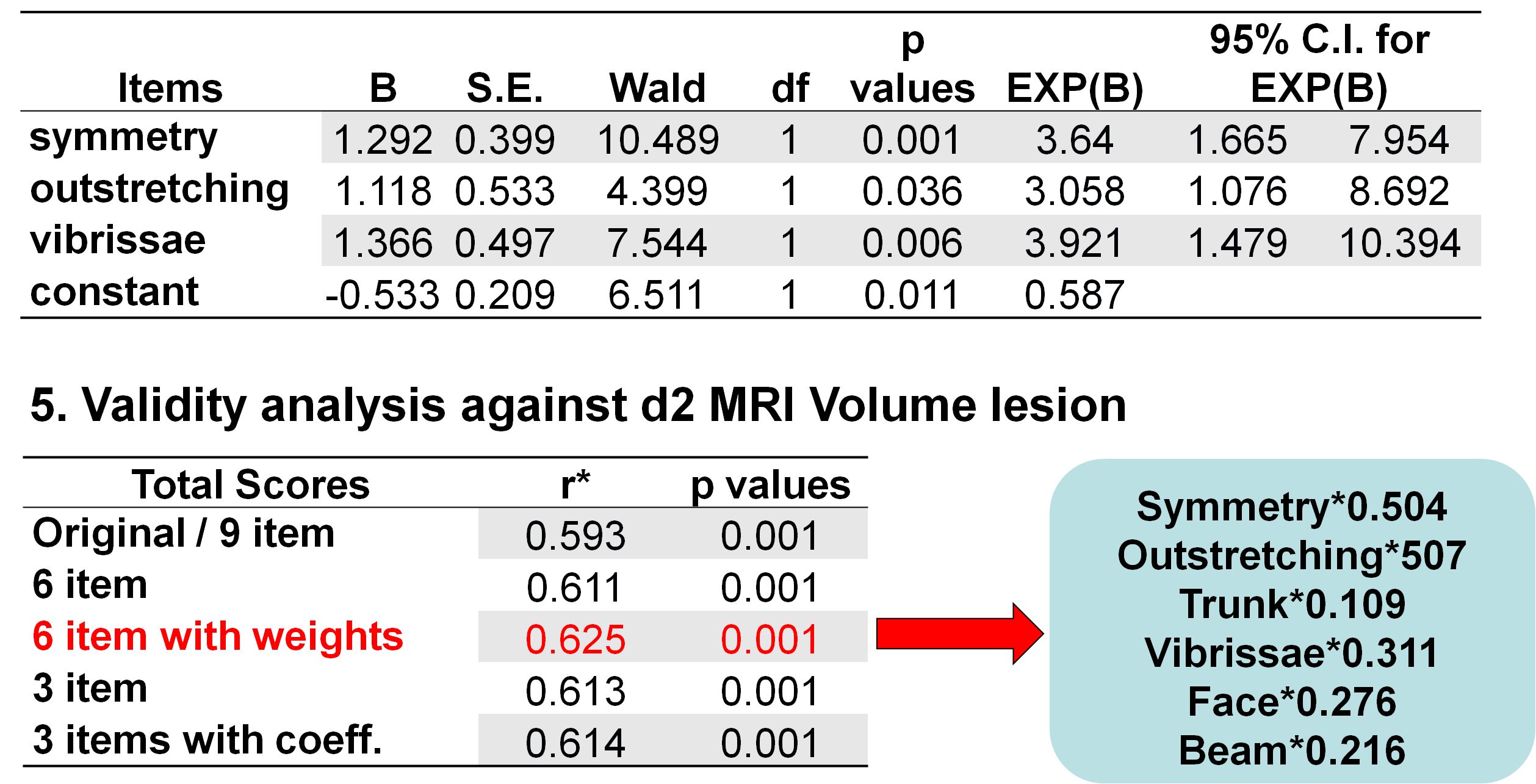
Conclusion
After conducting ROC, reliability, logistic regression, and factor analysis to predict day 2 infarction volume measured by MRI, a six-item score using symmetry, outstretching, trunk, vibrissae, face, and beam multiplied by coefficients obtained from explanatory factor analysis was the most reliable and valid


